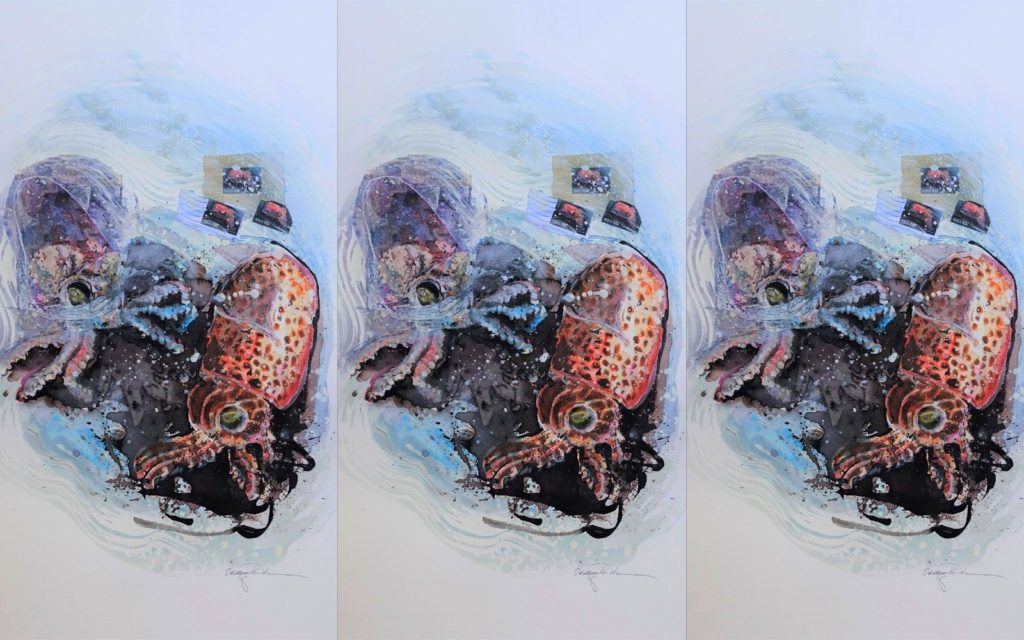Expanded as “climate fiction” or “climate change fiction”, cli-fi has been defined in multiple, often contradictory, ways. By all accounts, the term originated through journalist Dan Bloom sometime between 2008 and 2011. While there are some who include works of nature writing, such as Henry David Thoreau’s Walden (1854), as cli-fi, it is more meaningful to define it as fiction that engages with the concept of “climate” – a long-term pattern of weather conditions in an area – and anthropogenic climate change, the understanding that human activity contributes to changes in climate patterns. In any case, definitions can be a tricky, and often misleading path towards understanding a literary phenomenon. Definitional concerns would take us into very specific and pedantic issues, so in this essay I will focus on situating cli-fi within a larger milieu.
Too often we are obsessed with the new and shiny, in literature as in life, and going by most discussions on cli-fi on the internet, it would seem that it is an unprecedented, world-shattering new genre. One of the features of ecological thinking is to recognize that no phenomenon exists in a vacuum, and the same is true of genres in literature. As far as the market is concerned, genres are designed and manipulated to act as a brand. Marketing cli-fi as a shiny new article of consumption masks the fact that it exists within and is a contemporary manifestation of a long tradition of human reflection on the environment. But the market is designed to do precisely this, so we should not be surprised. What is more, we should not take what is presented and (thanks to the internet) multiplied thousandfold as an accurate portrayal of cli-fi. Genres are not an a priori but conjured-up entities; the only proper way to think about genres is to question them and hope to coax and tease out what is not immediately apparent about them.
When the editors approached me to write about cli-fi, the term immediately conjured up other words and concepts: “ecocriticism”, “climate”, “climate change”, “sci-fi”, “Anthropocene”, “anthropocentricity”, “Solarpunk”, “Prakṛti”, “Gaia”. In its specific association with each of these, cli-fi can be introduced from very different perspectives, each ultimately connecting with the others in what is a complex, multifaceted area of thought. In fact, I believe cli-fi can act as a multi-directional bridge connecting these areas and providing space to reflect on them and their relationalities within the same text. It is not possible to do justice to this endeavour in a single essay. What I have chosen instead is to present cli-fi as being in dialogue with two related and older phenomena: ecocriticism and science fiction. Running through and connecting the discussion will be an engagement with a text that is quickly becoming canonical: Amitav Ghosh’s The Great Derangement: Climate Change and the Unthinkable (2016). In doing this, I hope to spark new ways of thinking about cli-fi that don’t necessarily take their cue from the marketplace, the same market that is complicit in the ecological crisis facing us today and is now attempting (rather successfully) to turn our focus to newer and shinier products in the hope of deflecting attention away from itself. The challenge is to think of cli-fi not as another consumable product but a site that allows reflection on many interrelated aspects of living on this planet.
Ecocriticism and Cli-fi
In its earliest forms, Scott Slovic writes, ecocriticism was “the study of explicitly environmental texts from any scholarly approach.” From our vantage point, it is best understood as a way of reading culture (including literary texts) through an attitude that assumes that “the Earth matters.” Though often seen as a specifically scholarly and/or literary pursuit, the insights coming out of ecocriticism have been broadly influential to how we think and understand questions relating to the environment and ecology. From its advent in 1960s USA, it is now available to us through at least three, and arguably four, waves.
The first wave studied examples of nature writing to conceptualize “nature” as an entity separate from the human and worthy of being studied on its own. Typically, “nature” is here contrasted against both the “human” and “technology”. The second wave questioned these boundaries, shifting focus from “nature” to the broader category of “environment”, which additionally encompasses the domain of the “human” – urbanization and technological development. As a result, during this phase, there was increasingly a focus on ecological disasters, especially due to human-induced factors. In the third wave, reflections on these questions started moving beyond the predominantly white-American/British context, paying attention to insights emerging from different nationalities and ethnicities. These additions signal towards a more planetary understanding of ecological issues. Rob Nixon’s concept of ‘slow violence’ is one example of the kind of scholarship that emerged from within this wave. In terms of the genres typically considered for study, the third wave represents a change in focus. While the first and second waves drew primarily on “nonfiction prose and the fiction of nonfictionality,” the third wave invites reflections on fictional representations of ecological issues.
The fourth wave, continuing very strongly in our contemporary moment, represents a focus on materiality. Drawing insights from object-oriented ontology and new materialism, it draws attention to the way “the human is always intermeshed with the more-than-human world” and how the corporeal, physical, material existence of humans is inseparable from “the environment.” It questions the easy distinction between “humans”, “technology”, and “nature”. As may be apparent, this way of understanding ecology is in direct contrast to the first wave. Significantly, and probably as a result of the insights emerging from diverse contexts, it redefines “the environment” from being an inert space that has been merely (ab)used for its resourcefulness to an active, agentive entity that acts as much as it is acted upon.
This reflection on the nonhuman, which continues strongly in contemporary thought, has been engaged with at some length in Ghosh’s The Great Derangement. Ghosh begins by talking about the palpable presence of the nonhuman in one’s everyday experience:
Who can forget those moments when something that seems inanimate turns out to be vitally, even dangerously alive? As, for example, when an arabesque in the pattern of a carpet is revealed to be a dog’s tail, which, if stepped upon, could lead to a nipped ankle? Or when we reach for an innocent-looking vine and find it to be a worm or a snake? When a harmlessly drifting log turns out to be a crocodile?
The first section of the book is entitled “Stories”, and it deals with the specific deficiencies of the novel as a literary form. In it, Ghosh is at pains to stress that the literary imagination has not been able to represent the nonhuman. This inability, for Ghosh, explains why writers struggle to represent the images and events associated with the ongoing climate crisis. For such representations of the nonhuman to become possible, writers would have to engage imaginatively with the nonhuman, in particular “the environmental uncanny,” such as “freakish weather events”. This insistence on representing the nonhuman dovetails with material ecocriticism, one of the major components of the fourth wave of ecocriticism.
Though Ghosh only mentions cli-fi once in passing – and not at all in this context – it is evident that the kind of fiction he advocates (and subsequently writes in Gun Island (2019)) can easily be classified as cli-fi, inasmuch as it pays attention to climate change. So, one way of understanding cli-fi can be to situate it within the milieu of thought (across disciplines and practices) that has turned its attention to the nonhuman. This would explain why cli-fi is quickly gaining traction with scholars and readers alike. It is one of the ways – though perhaps the most popular – to think about and come to terms with the nonhuman.
The turn to materiality and the nonhuman represents a change in focus in Western philosophical thinking, even though the kernel of this thought has been present in the tradition for quite some time. Since the patterns and habits of centuries of thought weigh heavily on the present moment, it is in the realm of fiction writing that these issues can be freely explored. It is here that cli-fi plays an important role. As one instance, the nonhuman can often become a character in cli-fi, affecting other (human) characters and directing the narrative the same way that a human character would do in the traditional realist novel. For instance, Dale Pendell’s The Great Bay (2010) is narrated by Nature/Gaia. The tenet of material ecocriticism – that humans are always intermeshed with the nonhuman – is often made apparent in cli-fi narratives, where human characters have to confront and (if they can) navigate through nonhuman occurrences. The fact that some of these occurrences may have been set in motion through human activity only accentuates the point about intermeshing.
Sci-fi and Cli-fi
However, there is a peculiar assumption running through the book, and this pertains to the place of science fiction and other speculative genres in the larger discussion on literature and representation. Throughout the section on fiction writing, Ghosh tries to think through what it would mean to represent the “unthinkable” in the contemporary novel, and what challenges the form of the novel poses to writers. In smaller doses, the topic of science fiction comes up, and it is defined in contrast to “serious” fiction:
When the subject of climate change occurs in these publications [London Review of Books, New York Review of Books and others], it is almost always in relation to nonfiction; novels and short stories are very rarely to be glimpsed within this horizon. Indeed, it could even be said that fiction that deals with climate change is almost by definition not of the kind that is taken seriously by serious literary journals: the mere mention of the subject is often enough to relegate a novel or a short story to the genre of science fiction. It is as though in the literary imagination climate change were somehow akin to extraterrestrials or interplanetary travel.
Let us first note and then elide the point I have tried to indicate through italicization: instead of interrogating the category of “serious” fiction (questioning, for instance, what constitutes the seriousness of literature or which genres qualify), Ghosh seems comfortable accepting a hierarchical category such as “serious” fiction on the basis of the practices of certain (influential) literary magazines. But let us elide this point, for it is only tangentially related to our central concern. What then? Yes, it is true, of course, that science fiction has not traditionally been seen as “serious” literature by the literary establishment, imagined by Ghosh as a “mansion”. In fact, the stability of this establishment is built on the relegation of non-realist/genre fiction to the “outhouses”. However, the “seriousness” of science fiction has ceased to be a debatable question for quite some time. The relevance of science fiction to address fundamental questions that face us today – involving, among other things, the ethical questions related to artificial intelligence and biotechnological experiments, the future of work, and the relationship between the human and the nonhuman – has been recognized for quite long. The magazines indicated by Ghosh are invested in the maintenance of stable genre categories, not least because this hierarchical relationship was crucial to their own coming-into-being.
For those not taking note, it would come as a surprise that in recent years, the mansion has been crumbling. And genre categories are crumbling too. The outhouses have been slowly melting into each other and creeping upon the mansion. The walls of the mansion are melting. Some inhabitants of the erstwhile “serious” mansion – among them, notably for us, Nayantara Sahgal (When the Moon Shines By Day) and M.G. Vassanji (Nostalgia) – are familiarizing themselves with these new entrants. Under such circumstances, this new literary phenomenon that we call “cli-fi” will need to find a place within this beautifully grotesque structure, a structure that is no longer a sign of classic bourgeois identity but a shapeshifting monstrosity. This beautiful, shapeshifting monstrosity – equipped with widespread readership and free from the drawbacks of bourgeois nostalgia – is what we need to pay attention to.
Let us see what more Ghosh has to say about science fiction and, specifically, about cli-fi:
Is it the case that science fiction is better equipped to address the Anthropocene than mainstream literary fiction? This might appear obvious to many. After all, there is now a new genre of science fiction called “climate fiction” or cli-fi. But cli-fi is made up mostly of disaster stories set in the future, and that, to me, is exactly the rub. The future is but one aspect of the Anthropocene: this era also includes the recent past, and, most significantly, the present.
There are two takeaways from this: first, that cli-fi is a subgenre of science fiction; second, that cli-fi is constituted primarily of “disaster stories”. The view that cli-fi is a subset of science fiction is no longer tenable. Why? Because cli-fi is not necessarily speculative in nature, though often it is. The only element required in a cli-fi narrative is engagement with the issue of climate/climate change, whether in a speculative or a realist mode. But one can see why cli-fi could be considered a subset of science fiction. First, the term “cli-fi” derives from “sci-fi,” a derogatory contraction of science fiction that has been used to relegate science fiction as a genre that deals only with themes like “talking squids in outer space” (according to Margaret Atwood) or “extraterrestrials or interplanetary travel” (according to Ghosh). Ghosh extends this attitude towards cli-fi by dismissing it as “disaster stories.”
Second, cli-fi is often seen to be a movement within science fiction that deals more explicitly with ecological themes. This view is historically more accurate inasmuch as science fiction has a long history of representing such themes. In fact, some of the few critical works that exist now on cli-fi draw its history back to texts like J.G. Ballard’s The Drowned World (1962), a consciously science fictional text. Before it became mainstream to talk about climate change, science fiction (and other speculative genres) were taking up these themes and constructing narratives around it. Oeuvres of celebrated science fiction writers like the late Ursula K. Le Guin and Kim Stanley Robinson (to name only the most recognized) show a sustained and developing engagement with the issue of living with a changing/changed ecology. Closer home, Jayant Narlikar’s “The Ice Age Cometh” (1992, but published earlier in Marathi) also tackles the problem of climate change through a science fictional narrative. There is something in the very nature of speculative genres that would allow such issues to find imaginative space, something that Ghosh is needlessly trying to carve out a space for in “serious fiction” in 2016.
Even though cli-fi is inextricably linked to science fiction and would be fruitfully studied in terms of that relation, it is also a literary phenomenon that has a claim to be understood on its own terms, especially in the way it has developed in this century. From this perspective, a too-strong focus on its relationship with science fiction – particularly when coming from an attitude that sees science fiction as a deficient/“unserious” genre – can ghettoise it. That would hardly be a useful way to study cli-fi. I believe the strongest claim for studying cli-fi apart from science fiction is its assumption and engagement with “climate” and “climate change”. The earlier speculative texts that have treated of climate-induced crises did not operate within an atmosphere that called for urgent redressal (or the vociferous denial) of climate change. These two terms are the very lifeblood of cli-fi, and cli-fi would make little sense without the larger cultural discourse that has built around these terms in this century. Here, again we can see a similarity – similarity, not equivalence – between cli-fi and science fiction, the latter having developed out of a cultural atmosphere that was starting to engage with the term “science.”
The view that cli-fi is made up of “disaster stories” – a manifestation of dystopic narratives – is a case of confirmation bias. It is true that such narratives inundate the field, but that is not exclusively a cli-fi phenomenon. Even if we leave aside the fact that dystopia is a useful narrative form for thinking through certain themes (and that the classic dystopia à la 1984 has been supplanted by the “critical dystopia”), the prevalence of such themes in cli-fi is but another manifestation of the broad narrative fascination with and marketability of dystopian tales, which visual media has only accentuated further. Dismissing cli-fi on this count is like dismissing realist narratives as a mode of storytelling because most of them are formulaic, uninteresting character-driven explorations of individual subjectivity that sustain themselves – in a Coetzeean fashion, but with less craft – on a calm pessimism and offer no resolution. The more we say that cli-fi is a quintessentially dystopic genre, the more we will see it as such. For me, this is not so much an argument against cli-fi (though for Ghosh it is) as an inaccurate portrayal of it. Instead of parroting the same opinions, we need to know where to look for alternatives.
If we look at the stories of Vandana Singh, for instance, we will find narratives that accept the approaching reality of climate change without necessarily painting a dystopic picture. Take the example of “Indra’s Web” or “Requiem” in her 2018 anthology, Ambiguity Machines and Other Stories. The stories mix scientific insights with indigenous knowledge to present a bottom-up approach to the climate crisis. While resolving some issues and not being able to resolve others, the stories present a realistic and quite “serious” picture of how bad things are. But this does not lead necessarily to a pessimistic or disastrous ending. “Indra’s Web” ends with the death of the protagonist’s grandmother but the success of the Suryanet experiment. “Requiem” ends by bringing a resolution to the protagonist’s feelings but shows how corporate greed is likely to spell doom to any attempts at resolving the crisis. “Reunion” (2019), a sequel to these two stories set in the same narrative universe, broadens the focus of these forays by representing the ecological changes happening at a planetary level. Here, more fervently than the previous stories, the climate crisis is presented as an animated nonhuman entity – Gaia – resettling itself into a new form, with all the attendant destruction that would naturally come along with it. This perspective is held alongside the culpability of corporations and the small-scale efforts of individuals and indigenous communities, the ultimate effectiveness of which is left ambiguous.
Incidentally, Vandana Singh has responded to The Great Derangement in what is in my view the most subtle and effective rejoinder to the text. While allowing that there indeed exists “a problem of the imagination”, Singh draws attention to how stories in and of themselves will not be able to avert the crisis: “We must acknowledge that imaginative literature – no literature – can ever be enough. We are called to do much more than write or run workshops – to face the possibility of hell itself, and then get to work.” Related to this is her critique of how The Great Derangement lacks proper engagement with environmental movements. The distinction between environmental movements and the climate crisis, implicit in The Great Derangement as in the popular imagination fed by advertisements, is unnecessary and even dangerously playing into the hands of a corporate takeover of the crisis. During the Chipko Movement, for instance, poets like Ghanshyam Raturi played a key role, creating literature that should arguably inform how we in India conceptualize cli-fi. Similarly, Solarpunk as a literary and more broadly an artistic phenomenon has always been as equally invested in political changes as in imagining aesthetic possibilities for a sustainable future. If by “addressing” climate change in literature we also mean tackling its world-shaping implications, then there is a need to conceptualize cli-fi by aligning it alongside these radical movements and the literature they have engendered.
These are some examples that I am familiar with; any individual aiming to engage with cli-fi beyond definitional and categorical concerns will certainly find more instances of what I am suggesting here. Far from thinking of Ghosh’s assertion about this generation’s imaginative failure vis-a-vis climate change – so that when “future generations look back upon the Great Derangement […] they may well hold artists and writers to be equally culpable” – holding true, I believe that future generations will know (better than us) where to look for this imaginative engagement with the crisis at hand. And cli-fi, even if it is called by another name then, would have played a key role.
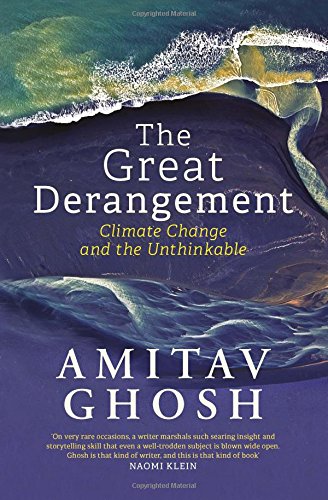
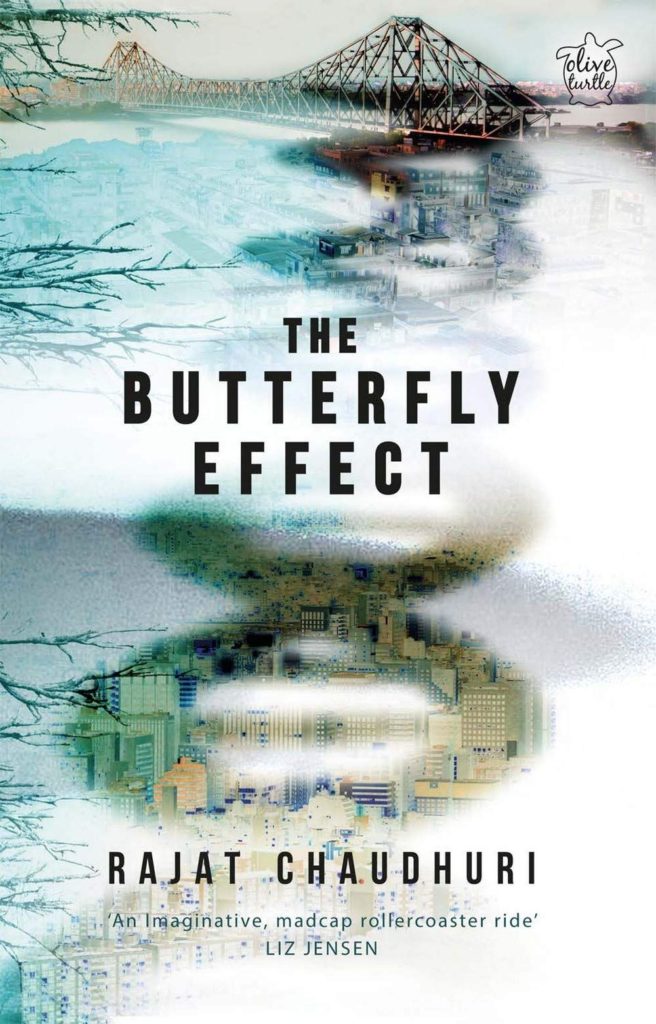
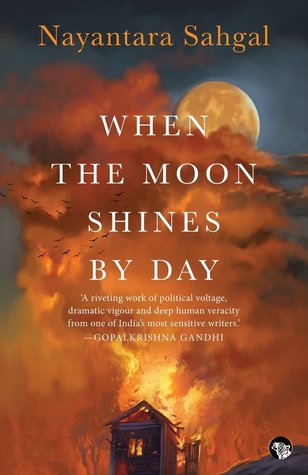

Where to from Here? Possibilities and Dangers
While suggesting cli-fi’s necessary relationship with climate change, I have used the word “engagement” and not “representation”. This is because as it develops further cli-fi will start complicating the normative understanding of its operating terms – “climate” or “climate change” – just as science fiction has been doing for decades with “science”. Though most cli-fi narratives will engage straightforwardly with the discourse on climate change, some narratives will question the working assumptions. Ian McEwan’s Solar (2010) – a satirical take on the moral force behind climate consciousness – represents one such attempt.
A more recent example is Varun Thomas Mathew’s The Black Dwarves of the Good Little Bay (2019). Set in the aftermath of an ecologically devastated Mumbai, the novel throws an imaginative challenge to the very conception of climate change. At its heart is a speculative question not very different from Ghosh’s “What might happen if a Category 4 or 5 storm, with 150 mph or higher wind speeds, were to run directly into Mumbai?” It asks: What might happen if it suddenly, inexplicably stopped raining in Mumbai? And this is part of its speculative answer:
Everyone was shocked by the peculiar behaviour of the clouds, and no one could explain what was going on […] The despairing state government called upon hordes of priests and other species of holy men to perform rituals, make sacrifices and entreat the clouds to open up, but their efforts went in vain. By the third straight rainless year, our city’s groundwater reserves had been depleted, and since water is essential to the sanity of man, people were brought to the verge of madness. I remember those days…riots broke out, fires were started, property was destroyed and almost every window in every government office was shattered. Eventually the army was called in to maintain order, though this rather compounded the matter, for soldiers, as you must know, are far thirstier than ordinary men.
The issue of sudden change in climate conditions is a direct reminder of climate change. I write this sitting in Hyderabad as it pours outside. This is my third monsoon in the city. In the last two years, Hyderabad got some showers during August and September, which has to my knowledge been the norm. This year, however, it has been raining almost regularly since May, with even April having seen some showers. Some reports suggest that this is part of a larger shift in rainfall patterns across India, where north India is going to see less rainfall while the south experiences more and more. So the situation described in Black Dwarves rings true. The novel builds on this apocalyptic imagery quoted above to portray a confusion within Mumbai, borne naturally out of the non-uniform, diverse reality of life in that city. Though portraying a “disaster”, the novel turns the discourse of climate change on its head. As the crisis deepens, a political opportunity arises for the Chief Minister to herd the entire population into a climate-controlled structure, the Bombadrome, which later becomes a means to enforce uniformity in the citizens and rewrite history. Interestingly, the CM wins the trust and support of the frightened population by explaining the devastation in the normative language of the climate crisis:
He was not superstitious, and since people crave rational explanations for everything that befalls them he gave them several. He explained away the invasion of the sea, blaming it on the melting of the polar ice caps and the rise of ocean levels across the globe. He attributed the city’s atmospheric changes to decades of environmental degradation and the chemical reconfiguration of our surroundings. […] To explain away the ruin of our city, he popularized wild theories about the environmental havoc caused by global warming, solar winds and even the gravitational influence of a white dwarf star in the vicinity of our solar system. […] Newspapers and social media broadcast his assertions far and wide, and even the textbooks in our children’s backpacks were altered to teach them that the only sins of their fathers were unchecked pollution and environmental abuse. And once you people were convinced, he set about rebuilding the city.
The counterargument to this narrative is provided by the narrator, who believes that “the earth beneath our feet,” an animate, vengeful entity, “has rebelled against us.” For him, the devastation is the nonhuman’s accounting for the cruelty of anthropogenic actions – not necessarily or simply against the environment. He then provides an account of the history of post-independent India, detailing the many wrongs inflicted on the citizenry. It is, he argues, these wrongs, and particularly the one orchestrated by the CM in his quest for power, that becomes the last straw. The unforgivable nature of the CM’s actions lead to the first calamity, the clouds refusing to rain over the city, rains being a symbol of forgiveness. As the narrative progresses, we see how all characters except the narrator ultimately gives in to the CM’s narrative, preferring a rational argument even if it has gaps because it masks their complicity and provides an impersonal rationalization. It is only in the narrator’s counter-account that the history of the nation and the revenge of the nonhuman is given any space.
One’s reaction to Black Dwarves may be discomfort. Turning the scientific truth of climate change into a contested political agenda may unsettle one’s nerves. But the novel foregrounds one of the dangers facing us as we struggle with the ecological crisis – the co-optation of the climate crisis for an extension of the political (which is also the economic) status quo. The question raised by the novel is about the interconnectedness of human actions, a historical awareness that the climate crisis is one (though the most staggering) manifestation of the dominant economic/political direction of the world. The focus in the novel is not on the notion of climate irresponsibility but on the way anthropogenic climate catastrophes signal the broader ideologies that inform how we behave with each other too. In this respect, the anthropogenicity of the climate catastrophe in Black Dwarves comes from the human mistreatment of an “environment” that consists of other humans and nonhuman entities.
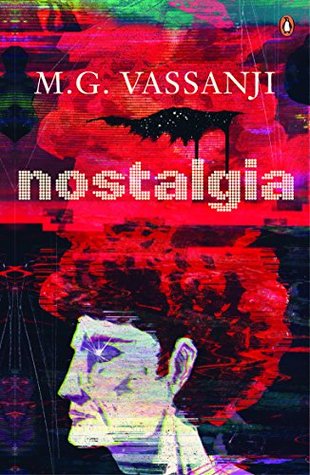
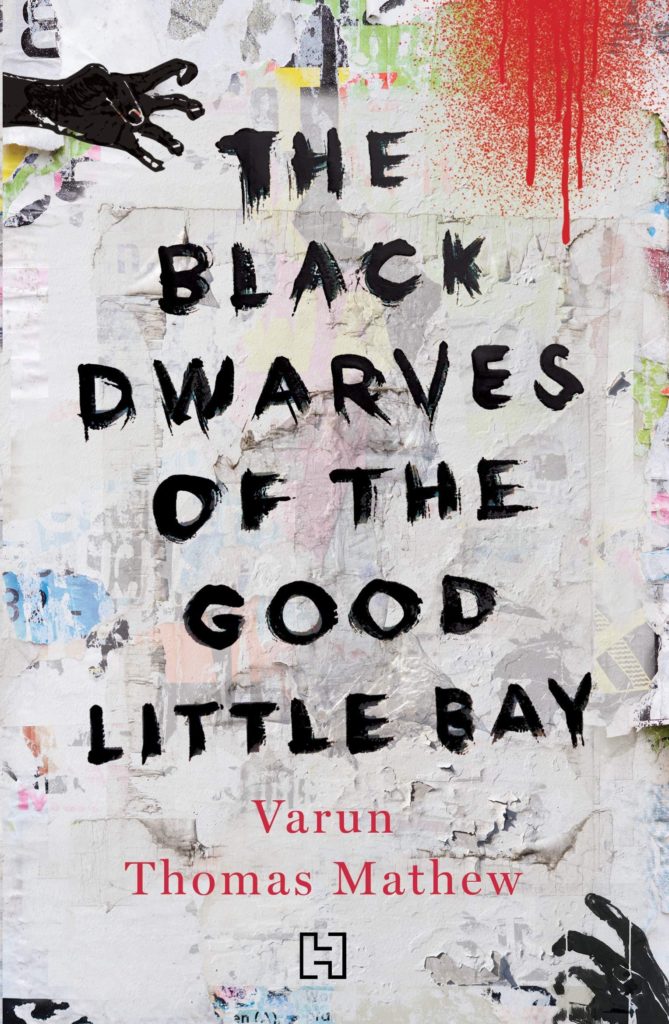
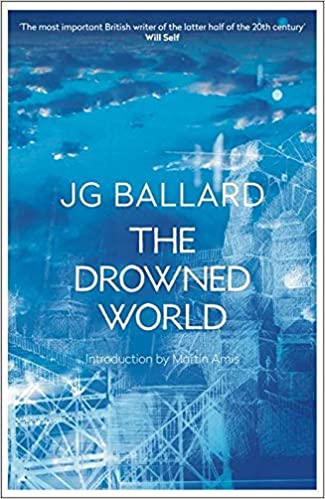
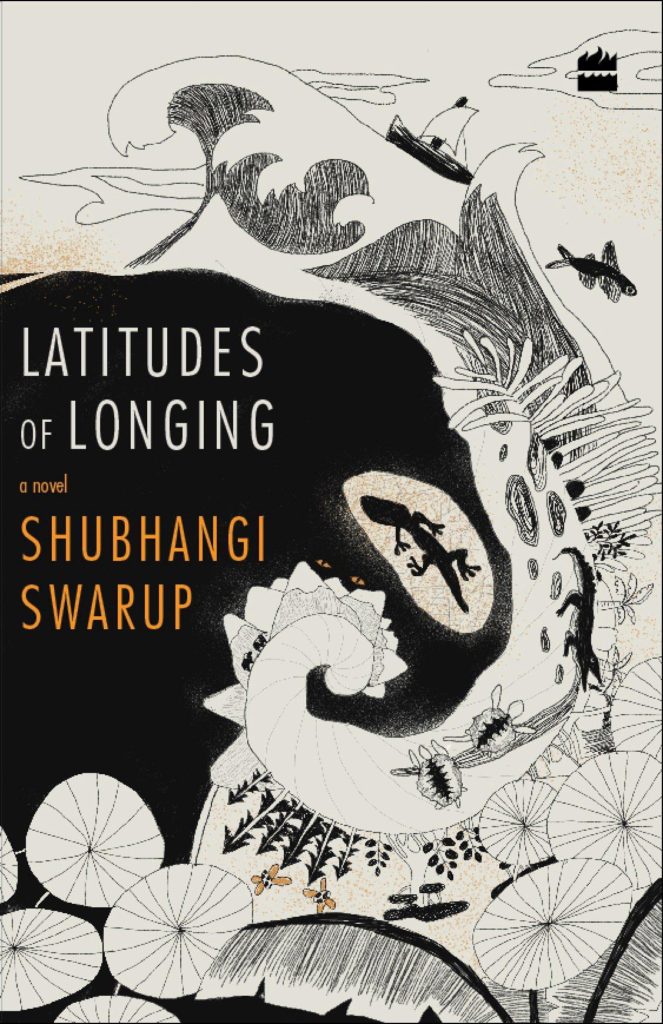
In Lieu of a Conclusion
This rather long analysis of one novel provides a segue into my biggest concern for cli-fi in the future. Going forward, one of the questions that cli-fi will have to combat will be its “relevance” in the face of the climate crisis. Even now, one sees discussions on cli-fi that justify it on the basis of its ability to inform people about climate change. The usual argument is that cli-fi is “useful” to us because it can communicate large sets of “uninteresting”, “boring” data on the ongoing crisis in an interesting form. The hope is that fiction, because it is engaging and entertaining, will make more people aware about climate change. Perhaps an implicit hope, particularly in the American imaginary, is that climate change denialism can be challenged in this manner.
The larger question here is of course about what fiction can do. Fiction is of course able to do all of these things to some extent – it can disseminate ideas and act as a channel of communication; it can break down complex datasets into narrative form; it can raise awareness. Yes, it can do all this. But it is ill-equipped to handle the climate crisis or any other crisis by itself. It may ride on a wave of cultural energy – it happened with science fiction in the twentieth century, it is happening with cli-fi in our times – but as a whole it always exceeds the dominant arguments of the cultural milieu. As a genre develops, it always opens itself up, imagines new ways of expression, explores new ways of framing a phenomenon. It imagines, creates. It is not as great at convincing readers as it is made out to be. It cannot bring about large-scale change in opinions – it absolutely cannot transform whole populations of climate change deniers. To achieve these things requires political movements, changes of governments, and lots of work on the ground.
If cli-fi is conceptualized primarily as a way to spread awareness about climate change, it will run against a couple of barriers. The first, and this might seem particularly relevant to Black Dwarves, is that it will be required to present only that which is scientifically accurate. Questions about how to frame the issue of climate change – and there are many frames that exist in various cultures – may lead to charges of climate change denialism. In short, cli-fi runs the danger of becoming merely a vehicle for scientific communication. This would restrict its speculative ability – and speculation here does not mean prediction/probability but a broad-based imaginative engagement.
Second, and following on from the former, cli-fi may face the same problem that science fiction has been facing – the framing of “literary”/“serious” versus “outhouse”. The history of science fiction gives us a clue here. When a Margaret Atwood or Kurt Vonnegut distances themselves from science fiction, preferring to be seen as “literary” writers, it sets a precedent for scholars to read thought-provoking, radical works of science fiction as “serious” fiction; it is as if the mansion has allowed a couple of “good” outcastes into the mainstream, provided they give up all association with the outhouses and add to the mansion’s prestige. A similar fate may await cli-fi, where if it is not properly situated in the messy milieu that it emerges from, certain texts can be easily picked off as instances of “serious” fiction (these would typically be the ones that confirm or add to the existing consensus on both climate change and standards of literariness), while the others that don’t serve the purposes of the mansion can be stocked off into the outhouses. As an instance, look at what Ghosh does in The Great Derangement: the book is peppered with references to works of science fiction and ways of thinking that would properly be called speculative; yet, even as he draws upon these works and ways of thinking, Ghosh can – as if with a flick of the arm – dismiss science fiction as being about “extraterrestrials.” This is the same strategy that “serious”/“literary” fiction has used to keep itself alive and relevant as the world has outgrown it: it uses its prestigious station and the desire of writers to be associated with it to appropriate works that properly belong to other genres. This will be attempted with cli-fi as well.
To some extent, these warnings will be in vain. These co-optations will happen. The force of the status quo is too strong to believe otherwise. What we can hope and strive for is to keep the broader potential of cli-fi alive. As readers and critics, we can be aware of these strategies and struggle to see these genres as multidimensional entities that encompass within them various modes of thinking about the world. This is what fiction has always done and is best suited to do. We need to resist overarching frameworks that examine works of fiction primarily through criteria that emerge from other spheres of enquiry. Cli-fi is growing; it will soon sprout wings. My hope is that we let cli-fi fly, not chain it down. Within the frames of thinking it encourages, we may find older, all-but-extinct ways of reflecting about ecology find a wider scope of expression; new ideas, subgenres, and people’s movements may germinate from its flight. These and much more. Such is my hope for cli-fi.
Cover Art: A Wink of Ink and Plastic by Oddbjørg Reinton

